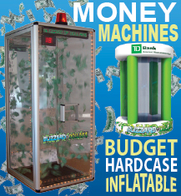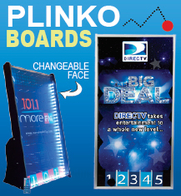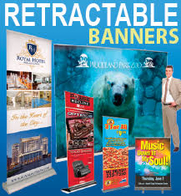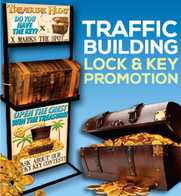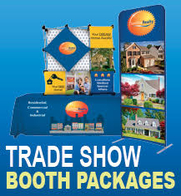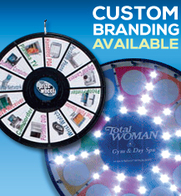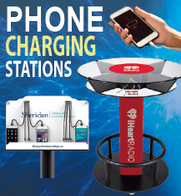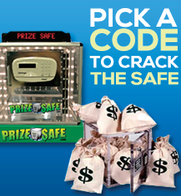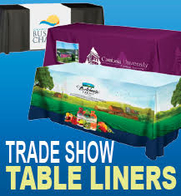 By participating in a trade show booth you can lead a prospective buyer from mild curiosity to the decisive act of placing an order. In fact, the trade show makes an important contribution to the shortening of the decision-making process.
By participating in a trade show booth you can lead a prospective buyer from mild curiosity to the decisive act of placing an order. In fact, the trade show makes an important contribution to the shortening of the decision-making process.
At a trade show, you have a high proportion of prospects, because the audience is pre-selected and when a visitor walks into your trade show booth it means he or she has some interest in what you are exhibiting.
The trade show booth visitor wants some kind of information. Therefore, you have an opportunity to direct the conversation to your product(s) or services. By being in your trade show booth the prospect is ready to speak to the salesman and even if he or she hasn’t heard of your company or your products they have an inquiring mind.
Remember – you must give them your full attention. Do not be distracted by something going on across the trade show floor which catches your eye, or being interrupted by your mobile phone ringing in the trade show booth, or reading a piece of paper while your customer is talking to you. Keep good eye contact and use active listening.
By focusing only on your visitor you convey the message that you are available, willing and able to help and that you are devoting your full resources to him or her alone. That starts to give him faith in your abilities and a feeling of ‘I’ve come to the right trade show booth’. Listen attentively and listen actively. Turn your attention to the other person: “What are your needs?” “How can I help you?” Then listen. Always pivot the conversation around the other person.
Listening attentively allows you to make a valid and sensible response to your visitor’s statement or question. Listening actively goes one step further. It shows your trade show booth visitor that you are sincerely interested in being of assistance in the best way that you can. It involves the skills of clarifying and confirming your understanding of what he or she says to you. You can use clarifying questions to get more information about the subject or problem, and confirming questions to check that you do indeed know what he or she is talking about.
Clarifying questions tend to be a more open type of question such as, “So what effect does that have on your…?” or “Can you explain a bit more about…?” or “How will that influence…?” You are seeking a deeper understanding of the problem or issue so you can give a more accurate diagnosis or recommendation as to how you will solve it for him.
Confirming questions tend to be more closed where you are looking to show your trade show visitor that you fully understand the issue or problem. A question such as, “So your problem is …, have I got that right?” would show that you not only understood but you can articulate it back to him in your own words.
Some good listening techniques include: nodding; smiling; making eye contact; showing signs of interest and encouragement such as leaning towards the speaker; asking questions; repeating key words back; not interrupting; not looking bored; and making listening noises such as “Aha”, “Yes”, and “Mmm”.
Why is attentive and active listening so important? Because every trade show booth visitor is different with different needs, and until you know exactly what those individual needs are, you could only offer a ‘one size fits all’ solution. That can never work effectively.
About the Author
Jonathan Edelman provides exciting trade show marketing ideas, including advice about prize wheels, customizable scratch-off cards, money blowing machines, and other exciting trade show attractions. With years of experience in the trenches, he is an expert on booth displays, lead generation techniques, and networking with trade show vendors. Helping to build a referral-generating system, his ideas continuously lead to a boost in sales and revenue.








